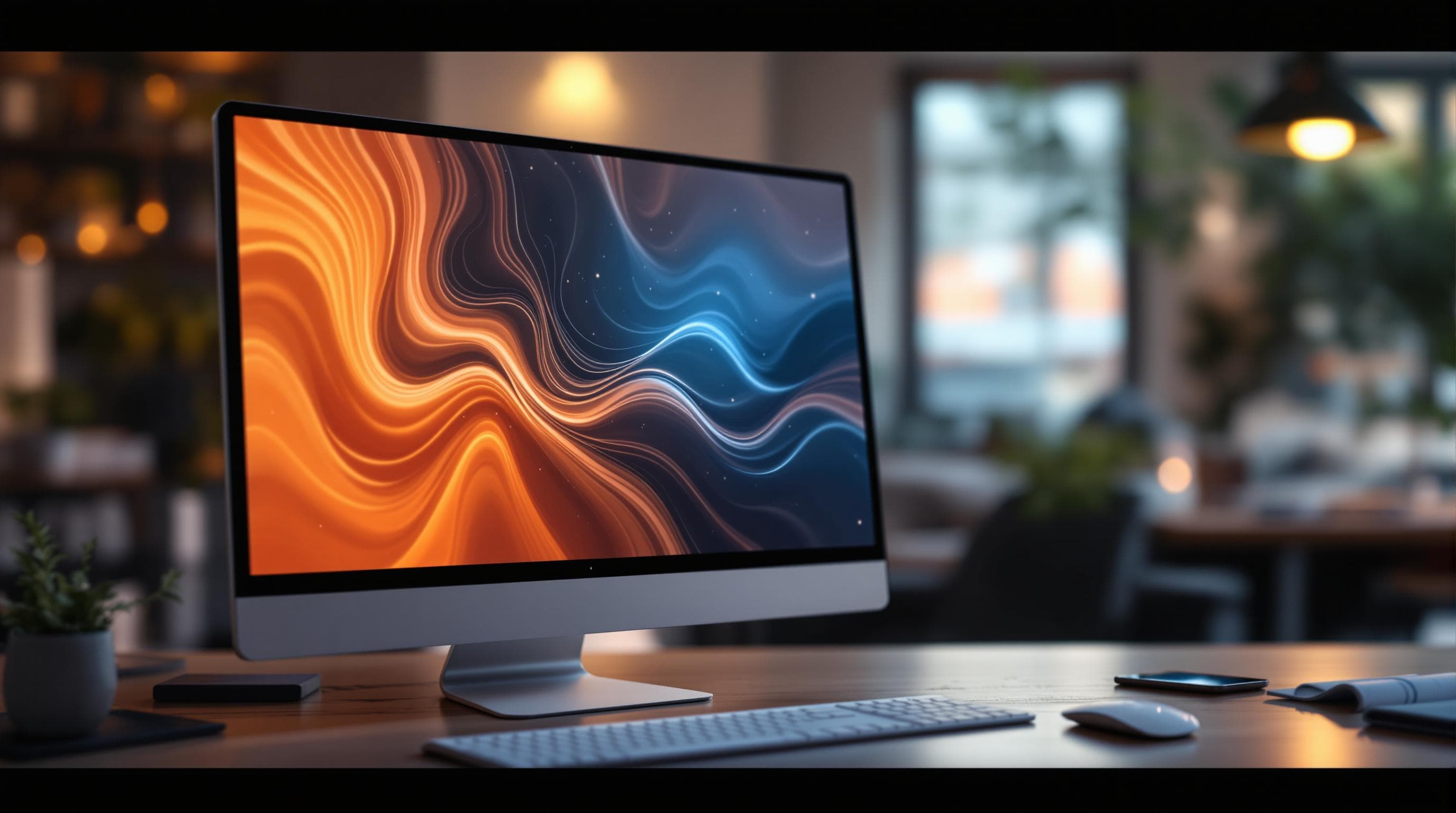Elevate Your Forms with Interactive Backgrounds: Balancing Aesthetics and Functionality


Forms are often the unsung heroes of user interaction. While they might seem mundane, they play a critical role in collecting data, engaging users, and driving conversions. But, as the demand for more engaging online experiences grows, the plain, static forms of the past are being replaced by more dynamic, visually engaging options. One effective way to enhance form engagement is by integrating interactive backgrounds. Let's explore how you can elevate your forms with this element while maintaining a balance between aesthetics and functionality.
The Importance of Visual Engagement
In a world where every detail counts, aesthetics play a crucial role in user engagement. Interactive backgrounds can transform a form from being just a means to an end into an experience in itself. Here’s why it matters:
- First Impressions Count: A visually appealing form can captivate users immediately, increasing the likelihood that they’ll complete it.
- Enhanced User Experience: Interactive elements can guide users through the form, making the process more intuitive.
- Brand Identity: Customizable backgrounds allow you to infuse your brand's personality into every interaction, reinforcing brand recognition and loyalty.
Striking the Balance: Form and Function
While it's tempting to prioritize aesthetics, it's crucial to ensure that these enhancements don't detract from the form's primary purpose: collecting information efficiently. Here are some principles to maintain balance:
- Simplicity: Keep interactions smooth and intuitive. Overly complex animations or busy backgrounds can distract or frustrate users.
- Accessibility: Ensure that your forms remain accessible to all users, including those with disabilities. This might mean choosing backgrounds that don’t hinder readability or navigation.
- Performance: Heavy visuals can slow down page load times, negatively impacting user experience. Optimize your images and animations to prevent this.
Implementing Interactive Backgrounds
Integrating interactive backgrounds into your forms doesn’t have to be daunting. Follow these steps to create forms that are both beautiful and functional:
Choose the Right Platform
Before you start, ensure that your form-building platform supports interactive backgrounds. Ezpa.ge offers customizable themes and drag-and-drop editing, making it an ideal choice for this endeavor.
Define Your Goals
Understand what you wish to achieve with your interactive backgrounds. Are you looking to improve brand perception, increase completion rates, or simply make the form more engaging? Clear objectives will guide your design choices.
Design with Purpose
- Color Schemes: Choose colors that align with your brand identity and convey the intended mood. Use contrasting colors to ensure text readability.
- Animations: Consider subtle animations that guide users through the form, such as hover effects or transitions between form sections.
- Imagery: Use high-quality images relevant to your form's content. Abstract patterns or thematic visuals can enhance engagement without being distracting.
Test for Usability
Once your design is ready, test it thoroughly:
- A/B Testing: Create different versions of your form to understand which interactive elements work best.
- User Feedback: Collect feedback from users to identify areas of improvement.
- Accessibility Checks: Ensure your form is usable for everyone. Tools like WAVE can help evaluate accessibility.
Optimize for Performance
Interactive backgrounds can be resource-intensive. Optimize them to ensure fast load times:
- Compress Images: Use tools like TinyPNG to reduce the file size of images without losing quality.
- Lazy Loading: Implement lazy loading to load images only as they enter the viewport, improving initial load times.
- Efficient Code: Minimize JavaScript and CSS files to enhance page performance.
Examples of Interactive Backgrounds
To inspire your creativity, here are a few examples of interactive backgrounds that have successfully balanced aesthetics and functionality:
- Parallax Scrolling: Adds depth to your form with background images that move at a different speed than the foreground content.
- Gradient Transitions: Subtle color changes that can guide users’ focus from one section to another.
- Video Loops: Short, muted videos as backgrounds can enhance storytelling and keep users engaged.
Wrapping Up
Interactive backgrounds can significantly elevate the user experience of your forms, making them more engaging and effective. By carefully balancing visual appeal with functionality, you can create forms that not only capture data but also leave a lasting impression on your users.
Incorporate these elements thoughtfully, keeping accessibility and performance in mind, to ensure that your forms are both beautiful and efficient.
Take the First Step
Ready to transform your forms into captivating, interactive experiences? Start experimenting with interactive backgrounds today. Explore the features on Ezpa.ge and see how easy it is to create forms that truly stand out. Your users will thank you!
By embracing interactive backgrounds, you’re not just collecting data—you’re crafting memorable experiences that resonate with your audience. Happy form building!